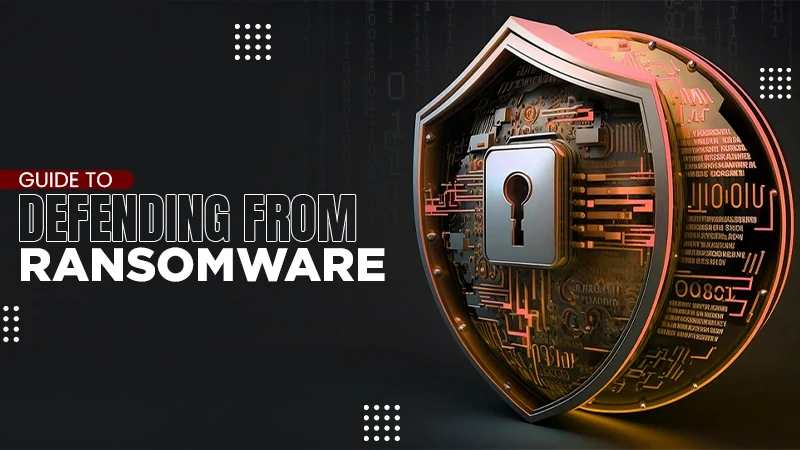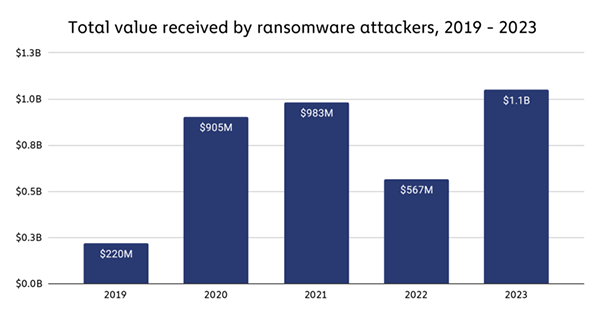
“Ransomware defense is all about resilience—being prepared for when, not if, an attack happens.”
Working in a cybersecurity firm, I often hear my colleagues discussing how technology has become a double-edged sword. No question, that it offers significant benefits for productivity, convenience, communication and so much more, but at the same time it has also led to the sophistication of cyberattacks. Now, cybercriminals leverage much more advanced tools for malicious attacks like ransomware.
Not only the intensity but a huge increase in the frequency of such attacks has also been observed in recent years. As of 2023, over 72% of businesses worldwide were affected by ransomware. (Sprinto: Ransomware Statistics)
As it is said, ‘modern problems require modern solutions.’ Today, I’ll walk you through some advanced solutions against emerging cybersecurity threats. But to understand it all better, first, I will tell you about the evolution of ransomware.
Before starting with the evolution, let me give you an idea of what ransomware exactly is. Ransomware is a type of malicious software, that blocks access to a victim’s systems or files and demands a certain amount in exchange for the decryption key. Individuals, businesses, and governments often become targets of these attacks.
Now, let me tell you about the changes around such attacks that took place over the years.
As I mentioned in the introduction, working in a cybersecurity firm, I often come across various businesses and individuals who have been a victim of such attacks and the impact is always devastating.
Not only financially, but the extreme consequences extend to reputational damage, data loss, operational disruptions, and long-term consequences. It can even have psychological impacts like stress, anxiety, and loss of confidence.
You can even note, from the graph below, that ransomware attacks are becoming increasingly weighty. The total amount received by ransomware attackers is on the rise again, after showing a slight decrease in 2022.

Now that we have established that ransomware has evolved significantly, and can have grave consequences, I think it will be only right if we discuss some effective measures and defense practices against the emerging threats.
DO YOU KNOW?
80% of businesses that pay the ransom experience another attack. 68% of companies experience another attack within a month of paying the ransom.
The current cyberattack scenario and trends signal that these invasions will only become more sophisticated, smart, frequent, and complex to deal with in the future. But that is not the only upgrade because, with the advancement of technology, even defense practices are bound to improve and give neck-to-neck competition to the advanced attacks.
Looking at the present landscape, I think it is safe to say that in the future, technologies like AI and machine learning will significantly enhance threat detection and response actions for businesses. Companies will turn to more advanced strategies to protect their systems. Even the government can play a significant role in this in the future and introduce new and stricter laws for data protection.
The ransomware attacks have not remained those basic threats using simple methods anymore. They are much more evolved, and we need to leverage modern tools and effective strategies to tackle them.
Defense strategies like being prepared, using advanced tools, adopting multilayer security programs, and educating your employees can save organizations from the serious consequences that come as a result of ransomware. In the end, I would just say, stay vigilant and informed about the emerging defense practices to safeguard your systems from advanced cybersecurity attacks.
Subscribe to our newsletter and get top Tech, Gaming & Streaming latest news, updates and amazing offers delivered directly in your inbox.